Free mainland UK delivery on physical orders over £30. Fixed fee for Live fish delivery £18.
Silverbill Finch (african)
£22.00
Common Names
Warbling finch
Description
The sexes are similar, and the only way to tell the sex of the birds is to wait for the male to sing its soft warbling song. Females will of course lay eggs. I was lucky with my first Silverbills since they had been DNA sexed.
Diet
Silverbills will prefer the larger seeds of a parakeet mix to the smaller seeds commonly found in most finch mixes. They like the large white prosso almost exclusively and will leave the canary and oats groats behind in the mix. I now provide them with just the single seed of white prosso and have much less waste. They seem to have no interest in any kind of soft food. In the larger colony where they are housed with other mannikins, I do provide my egg food mix (Roy’s egg food) , but for breeding pairs I mostly supplied them with a commercial dry mix. They don’t seem to be interested in any of it and are not even interested in greens or soaked seeds. Some breeders report that their Silverbills will eat other foods so I keep trying. I offer my regular moist egg food mix to the breeding pairs when the young fledge in hopes that they will begin eating it. A few young that were raised under Society finches do readily take the egg food mix since they were raised on it. This should be a great benefit to their young. They should be given access to grit, and calcium in the form of crushed egg shells, crushed oyster shells and cuttlebone.
Breeder’s Notes
The African Silverbill is a ready breeder. One of the easier members of the Lonchura family to encourage to breed. Very little needs to be done for them other than provide a quiet breeding area with some half-open nestboxes. They are a timid species and do not like the intrusions of frequent nest inspections, but a peek every now and again after the eggs are laid and when the chicks hatch is not too much of a problem. After banding the chicks at around 12 days though, leave the nest alone.
I provided them with a standard half-open nest box and gave them plenty of cocnut fiber for nesting material. Typical of mannikins, they wove a nice ball nest with a narrow entrance directed to one side or the other of the opening in the box. Clutches ranged from 4-6 eggs and incubation was shared by both sexes, often with both in the box. Incubation is approximately 13 days. The young are dark and do not have much fuzz on them at all. Their begging pattern is similar to Cutthroats and Redheads in that they have a very large gape and stretch their heads straight up. They may change this as they age to the more typical estrildid pattern of turning the head and bending down low, but I only observed them at the young age. Begging outside the nest was typical of estrildids. The young fledge at about 20 days and are independent after approximately 2 weeks, but it’s always better to be cautious and not remove them before 3 weeks. The usually will return to the nest at night with the parents during this time and there usually is no problem with keeping the young with the adults. The only reason to usually remove the young is so that the parents can get back to raising the next clutch.
Out of stock
Additional information
| Discontinued | no |
|---|

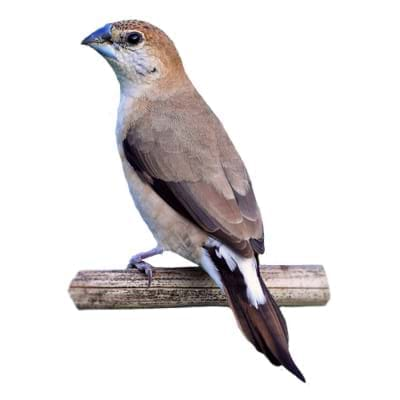
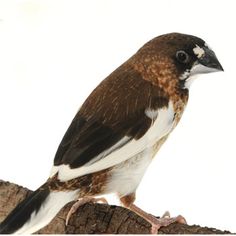
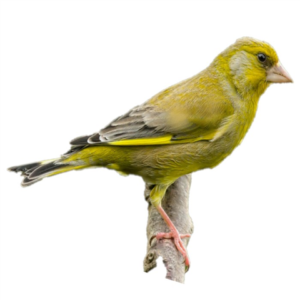
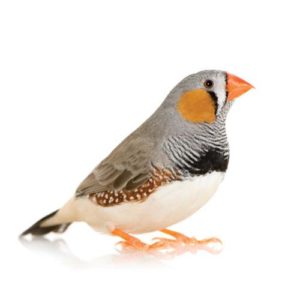
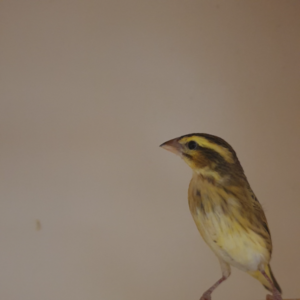
Reviews
There are no reviews yet.